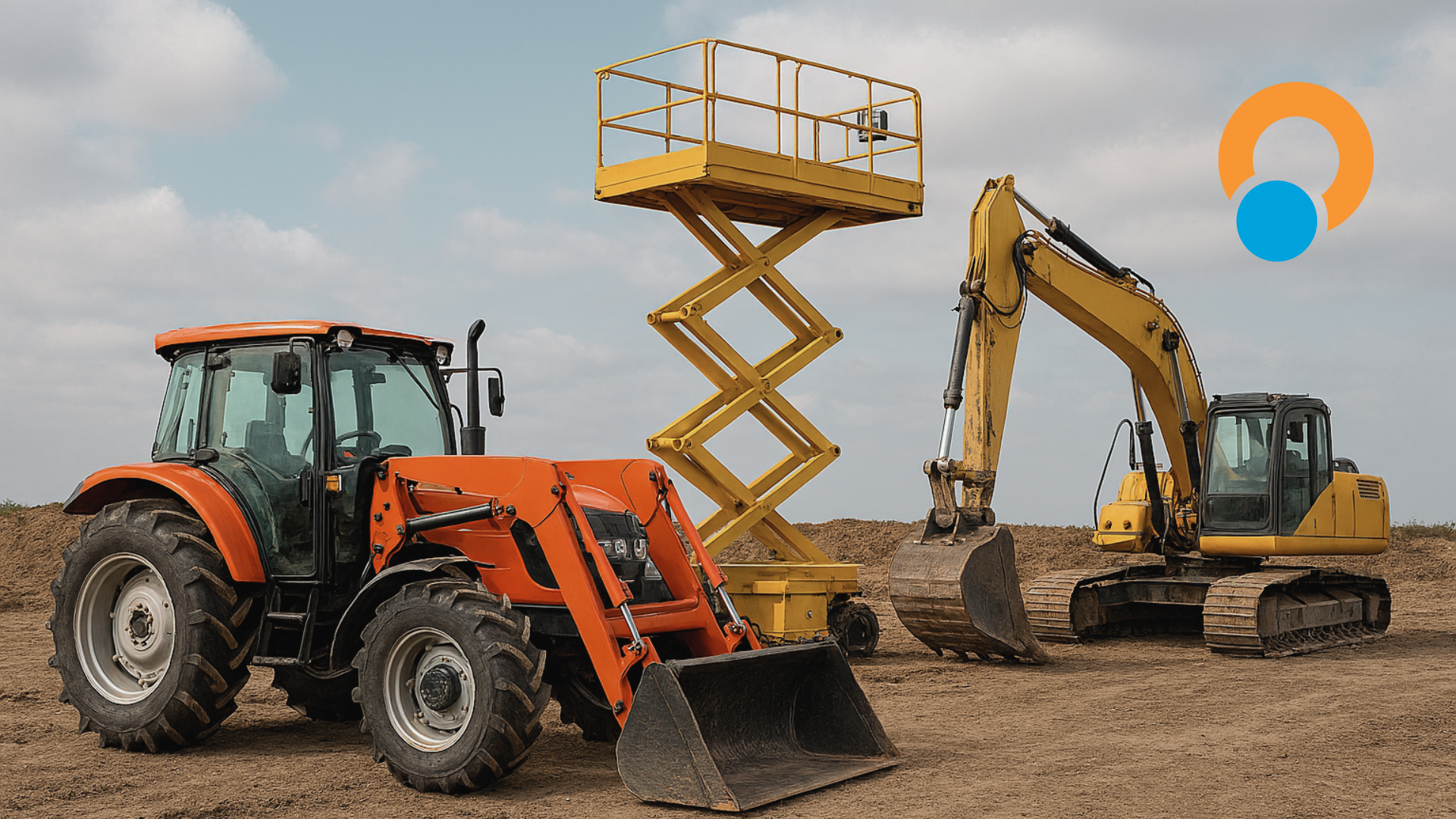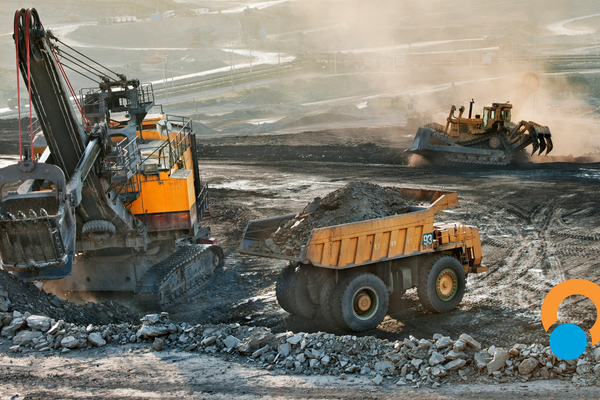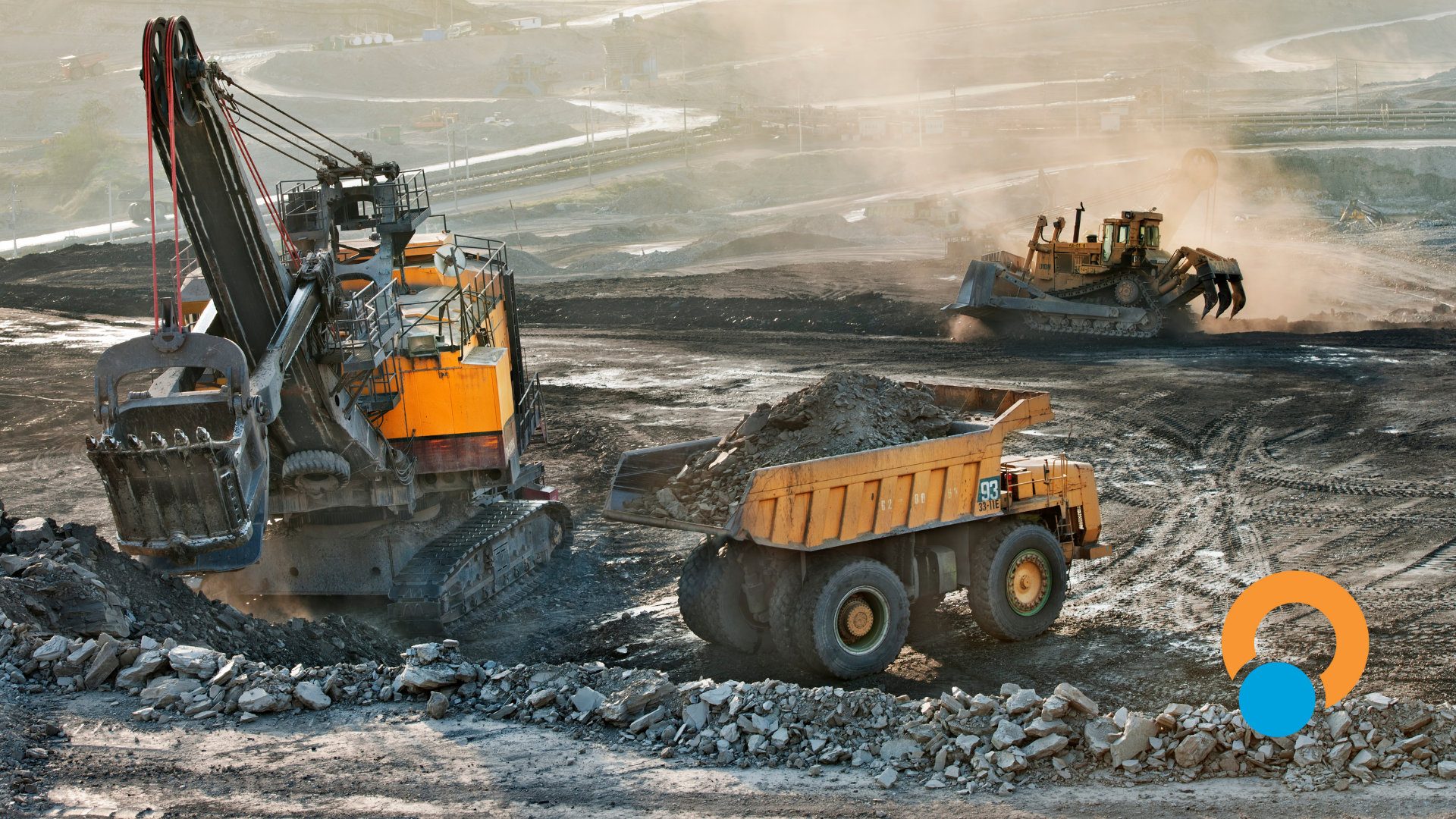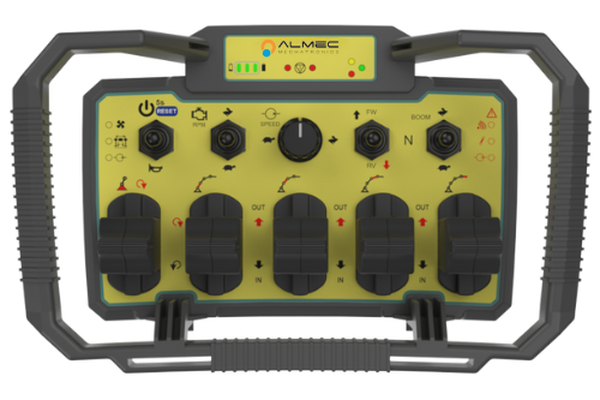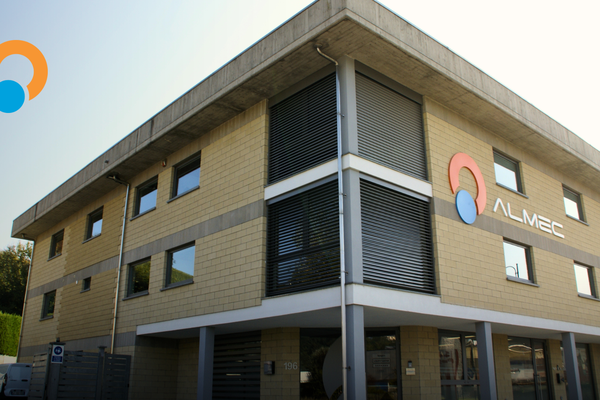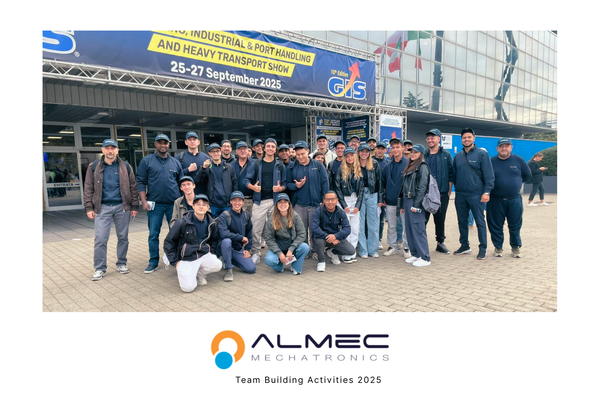Sistemi Elettronici di Automazione ALMEC per Veicoli Raccolta Rifiuti
La tecnologia avanzata di ALMEC ha introdotto notevoli miglioramenti e innovazioni nei sistemi di automazione destinati ai veicoli per la raccolta dei rifiuti, rendendo queste soluzioni più efficienti, sicure e affidabili. Questi sistemi, progettati per rispondere alle esigenze sempre più complesse del settore, sono composti da una serie di componenti all'avanguardia che lavorano in sinergia per ottimizzare ogni fase delle operazioni di raccolta e gestione dei rifiuti. Di seguito, viene presentata una panoramica dei principali componenti e delle ultime novità tecnologiche nel settore.
 Interfacce di Controllo Cablato e Wireless:
Interfacce di Controllo Cablato e Wireless:
Pulsantiera filocomando ALNW: Questa pulsantiera cablata è uno strumento fondamentale per il controllo diretto delle diverse funzioni del veicolo per la raccolta dei rifiuti. Collegata alla centralina elettronica master, permette agli operatori di gestire con precisione le operazioni di carico, scarico e compattazione, garantendo una risposta immediata e affidabile anche in condizioni di lavoro difficili.
Pulsantiera trasmittente radiocomando ALNWR: L'introduzione del radiocomando wireless ALNWR ha rivoluzionato l'operatività nel settore, offrendo agli operatori la possibilità di controllare il veicolo a distanza. Questo sistema aumenta significativamente la sicurezza, consentendo all'operatore di posizionarsi in aree sicure durante le operazioni, riducendo al contempo i tempi di fermo e migliorando l'efficienza operativa.
 Unità di Controllo Elettronico:
Unità di Controllo Elettronico:
Centralina elettronica master SPN9, SPN6 o SPN6M: Queste centraline rappresentano il "cervello" del sistema di automazione dei veicoli per la raccolta rifiuti. Gestiscono e coordinano tutte le operazioni, dai comandi inviati dalla pulsantiera alle attività eseguite dalle componenti del veicolo. Le versioni più recenti di queste centraline offrono una maggiore capacità di elaborazione e tempi di risposta più rapidi, garantendo un controllo preciso anche nelle operazioni più complesse.
Centralina elettronica slave SPN1, SPN2 o SPN3: Lavorando in tandem con la centralina master, queste centraline slave sono responsabili della gestione di funzioni specifiche, come il controllo dei bracci di sollevamento o dei meccanismi di compattazione. Questa architettura modulare permette una maggiore flessibilità e personalizzazione del sistema, adattandosi perfettamente alle esigenze operativespecifiche di ogni veicolo per la raccolta rifiuti. Le centraline slave assicurano che ogni componente lavori in armonia con il sistema centrale, migliorando l'efficienza complessiva e riducendo al minimo il rischio di guasti o malfunzionamenti.
 Sistema di Comunicazione Wireless e Ricezione:
Sistema di Comunicazione Wireless e Ricezione:Centralina ricevente radiocomando RDC EVO: Questo componente è cruciale per la gestione delle comunicazioni wireless. La centralina RDC EVO riceve i segnali dalla pulsantiera radiocomandata ALNWR e li trasmette alla centralina master per l’esecuzione delle funzioni desiderate. L'evoluzione di questo dispositivo ha portato a una maggiore affidabilità, riducendo le interferenze e migliorando la stabilità della connessione anche in ambienti urbani complessi, dove la presenza di ostacoli può influenzare la qualità del segnale.
Interfacce Operatore e Sistemi di Sicurezza:
Pannello operatore MVS.B3E o MVS.B4E: Questi pannelli operatore forniscono un’interfaccia intuitiva che permette all'utente di monitorare lo stato del sistema e di interagire con esso in modo efficiente. Dotati di display ad alta risoluzione e funzionalità avanzate, come la diagnostica in tempo reale e l'accesso a dati storici, questi pannelli migliorano significativamente la capacità degli operatori di gestire il veicolo, ottimizzando le operazioni e riducendo i tempi di fermo.
Sensore angolare di sicurezza TRS.184: La sicurezza durante le operazioni di raccolta e svuotamento è una priorità assoluta. Il sensore TRS.184 rileva l'angolo e il movimento del braccio di sollevamento, prevenendo movimenti pericolosi o non autorizzati. Grazie a una maggiore sensibilità e precisione, questo sensore contribuisce a ridurre il rischio di incidenti, garantendo un ambiente di lavoro sicuro per gli operatori.
 Soluzioni di Diagnostica e Monitoraggio Remoto:
Soluzioni di Diagnostica e Monitoraggio Remoto:Modem ALMECdiag Device: Il modem ALMECdiag è un componente chiave per la gestione e la diagnostica remota dei veicoli per la raccolta rifiuti. Collegato al sistema di automazione del veicolo, il modem trasmette dati operativi e diagnostici a un portale dedicato sulla piattaforma ALMECdiag Portal. Questa soluzione permette ai clienti di monitorare in tempo reale le prestazioni del veicolo, identificare eventuali problemi prima che diventino critici e pianificare la manutenzione in modo più efficiente, riducendo i tempi di inattività e migliorando la longevità del veicolo.
Integrazione di Sensori Avanzati:
Sensori di vario genere: ALMEC integra una vasta gamma di sensori specializzati per raccogliere dati su diverse variabili critiche, come il livello dei rifiuti nel contenitore, la presenza di ostacoli, la temperatura e la pressione. Questi sensori avanzati forniscono informazioni essenziali che permettono al sistema di ottimizzare le operazioni in base alle condizioni reali, garantendo un funzionamento sicuro ed efficiente. Le nuove tecnologie di sensori includono anche sistemi di auto-diagnosi che avvertono l'operatore in caso di malfunzionamento, aumentando così l'affidabilità e la sicurezza del sistema.
 Novità e Tendenze nel Settore: Il settore dei veicoli per la raccolta rifiuti è in continua evoluzione, con un crescente focus sull'automazione, la sostenibilità e l'efficienza energetica. ALMEC è all'avanguardia in queste aree, sviluppando nuove soluzioni che integrano l'energia elettrica e ibrida nei propri sistemi di automazione, riducendo l'impatto ambientale e i costi operativi. Inoltre, l'adozione di tecnologie IoT (Internet of Things) sta permettendo un livello di monitoraggio e controllo senza precedenti, con veicoli che possono comunicare in tempo reale con centrali operative, migliorando la gestione della flotta e la reattività alle necessità operative.
Novità e Tendenze nel Settore: Il settore dei veicoli per la raccolta rifiuti è in continua evoluzione, con un crescente focus sull'automazione, la sostenibilità e l'efficienza energetica. ALMEC è all'avanguardia in queste aree, sviluppando nuove soluzioni che integrano l'energia elettrica e ibrida nei propri sistemi di automazione, riducendo l'impatto ambientale e i costi operativi. Inoltre, l'adozione di tecnologie IoT (Internet of Things) sta permettendo un livello di monitoraggio e controllo senza precedenti, con veicoli che possono comunicare in tempo reale con centrali operative, migliorando la gestione della flotta e la reattività alle necessità operative.Grazie a questi progressi, ALMEC continua a porsi come leader nel settore, offrendo soluzioni di automazione avanzate e personalizzate che rispondono alle esigenze in continua evoluzione delle aziende che operano nella raccolta e gestione dei rifiuti.



